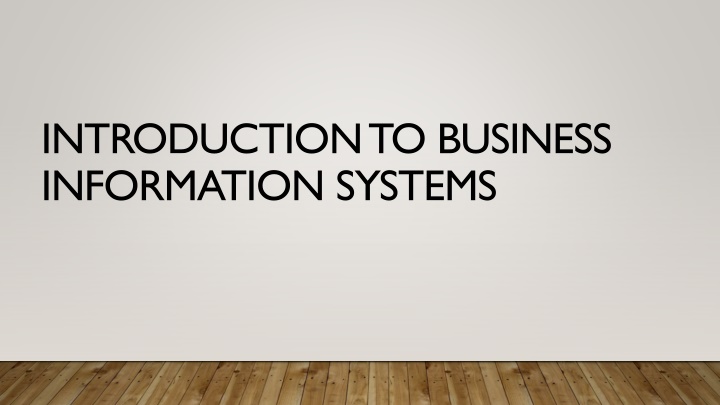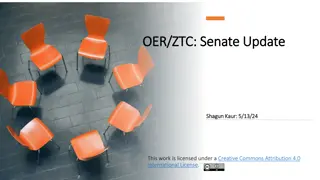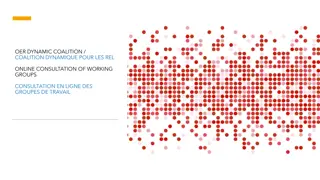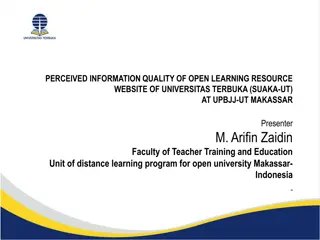
Business Information Systems: Components, Types, and Benefits
Explore the world of business information systems, including their components like hardware, software, data, procedures, people, and networks. Learn about different types of business information systems such as TPS, MIS, DSS, ERP, CRM, and SCM, along with their benefits and challenges of implementation.
Download Presentation

Please find below an Image/Link to download the presentation.
The content on the website is provided AS IS for your information and personal use only. It may not be sold, licensed, or shared on other websites without obtaining consent from the author. If you encounter any issues during the download, it is possible that the publisher has removed the file from their server.
You are allowed to download the files provided on this website for personal or commercial use, subject to the condition that they are used lawfully. All files are the property of their respective owners.
The content on the website is provided AS IS for your information and personal use only. It may not be sold, licensed, or shared on other websites without obtaining consent from the author.
E N D
Presentation Transcript
INTRODUCTION TO BUSINESS INFORMATION SYSTEMS
WHAT IS A BUSINESS INFORMATION SYSTEM? A business information system (IS) is a set of interconnected components that work together to collect, process, store, and distribute information to support decision-making, coordination, control, analysis, and visualization in an organization
COMPONENTS OF ANINFORMATION SYSTEM Hardware: Physical devices such as computers, servers, and networking equipment. Software: Programs and applications that enable data processing and information management. Data: Raw facts and figures that are processed and transformed into meaningful information. Procedures: Rules and guidelines that govern the operation and use of the system. People: Users who interact with the system to input, process, and retrieve information. Networks: Communication channels that enable the transfer of data and information between system components
TYPES OF BUSINESS INFORMATION SYSTEMS Transaction Processing Systems (TPS): Record and process routine transactions such as sales, purchases, and payments. Management Information Systems (MIS): Provide reports and summaries of operational data to support managerial decision- making. Decision Support Systems (DSS): Assist in complex decision-making by analyzing data and providing insights and recommendations. Executive Support Systems (ESS): Provide strategic information to top-level executives for planning and decision-making. Enterprise Resource Planning (ERP) Systems: Integrate and manage core business processes and data across functional areas. Customer Relationship Management (CRM) Systems: Manage customer interactions and support sales and marketing activities. Supply Chain Management (SCM) Systems: Coordinate and optimize the flow of goods, services, and information across the supply chain
BENEFITS OF AN INFORMATION SYSTEM Improved Efficiency: Automation of routine tasks and streamlined processes. Enhanced Decision-Making: Access to real-time data and analytical tools. Increased Productivity: Collaboration and communication tools for efficient teamwork. Better Customer Service: Improved tracking and management of customer interactions. Competitive Advantage: Strategic insights and data-driven decision-making. Cost Savings: Reduction in manual labor and paperwork. Improved Data Security: Centralized data storage and access controls
CHALLENGES OF IMPLEMENTING INFORMATION SYSTEMS Cost: Initial investment and ongoing maintenance expenses. Resistance to Change: User resistance and reluctance to adopt new technologies. Integration Issues: Compatibility with existing systems and data migration challenges. Data Quality and Governance: Ensuring accuracy, integrity, and security of data. Training and Skill Gaps: Providing training and support for system users. System Reliability and Downtime: Ensuring system availability and minimizing disruptions. Scalability: Ability to handle increasing volumes of data and users
FUTURETRENDS IN INFORMATION SYSTEMS Big Data Analytics: Leveraging large volumes of data for insights and decision-making. Cloud Computing: Accessing and storing data and applications over the internet. Mobile Technologies: Enabling anytime, anywhere access to information and systems. Artificial Intelligence (AI) and Machine Learning: Automating tasks and improving decision-making. Internet of Things (IoT): Connecting devices and sensors to collect and exchange data. Blockchain Technology: Secure and transparent record-keeping and transactions. Cybersecurity: Protecting data and systems from threats and breaches






















